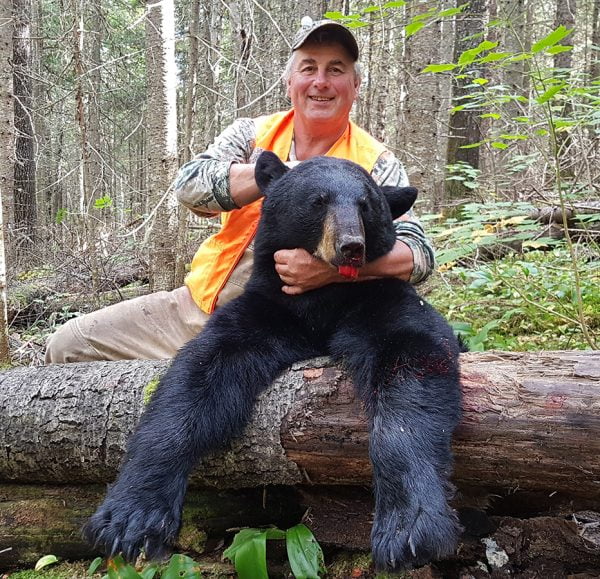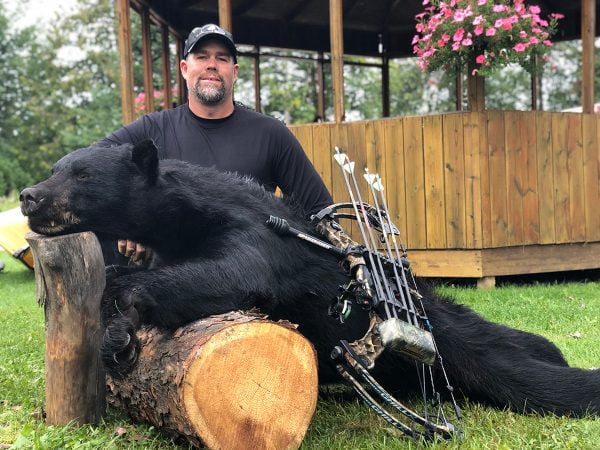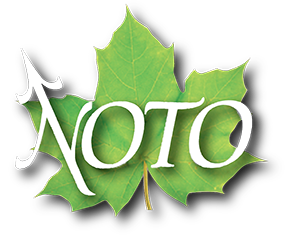Bear
 Perched in a tree stand 12 feet above the forest floor, you’ve finally settled in to a serene mental state. Songbirds glide through the treetops. A ruffed grouse struts in the clearing. Red squirrels chatter and chase in the pines. You could almost fall asleep. Then, the crisp snap of a twig changes everything.
Perched in a tree stand 12 feet above the forest floor, you’ve finally settled in to a serene mental state. Songbirds glide through the treetops. A ruffed grouse struts in the clearing. Red squirrels chatter and chase in the pines. You could almost fall asleep. Then, the crisp snap of a twig changes everything.
He’s out there, stone still in the shadows, testing the air, listening, and watching. If he’s like other big bears, his approach will be agonizingly slow. You freeze, knowing that he’ll bolt at the first sign of something amiss. Another noise, this time soft padded feet slapping the trail.
He enters the clearing. Predatory eyes look right through you, as you stand frozen. A short eternity later, he breaks his stare and ambles towards the bait, muscles rippling, coat glistening slick and black. You tremble as you raise your rifle. He’s the biggest black bear you’ve ever seen.
This is bear hunting in Ontario. With strong traditions and a population estimated at either side of 100,000 of these great animals, bear hunters here have it as good as it gets.
 Typically, sows weigh from 100 to 400 pounds (45.4 to 182 kg), while boars weigh from 250 to more than 600 pounds (114 to 272 kg). They’re black, cinnamon, or various shades of brown. Eyesight is comparable to humans. Sense of hearing and smell are highly developed. They’re wary and elusive, can smell food from 1 mile away, and move with blinding speed. A black bear is the stuff of legends.
Typically, sows weigh from 100 to 400 pounds (45.4 to 182 kg), while boars weigh from 250 to more than 600 pounds (114 to 272 kg). They’re black, cinnamon, or various shades of brown. Eyesight is comparable to humans. Sense of hearing and smell are highly developed. They’re wary and elusive, can smell food from 1 mile away, and move with blinding speed. A black bear is the stuff of legends.
Hunting starts in mid-August when berries ripen and ends November 30 when bears are about to enter winter dens. Between, there’s plenty of opportunity to experience a hunt of a lifetime. Experienced hunters come prepared for huge shifts in temperature. A day can begin warm and balmy and end with the bite of a north wind numbing fingers.
Early-season hunters prefer tree stands or ground blinds over bait, since stalking a bear through the thick foliage is impractical. Bait hunting is ideal for the bowhunter. Riflemen, shotgunners, and muzzle-loading enthusiasts also do well in these set-ups, but it’s not easy. Scent and noise discipline, patience, and steady nerve are the hallmarks of a good bait hunter. Sitting amidst several hungry bears is not for the faint of heart.
Other dedicated hunters run bear hounds, starting them at predated crop fields, bait stations, or road crossings. Want to stalk them? Wait until the leaves fall and the mast hits the ground. Then, prowling through beech or oak stands or watching berry patches, burns, or crop fields can provide exciting opportunities.
Ontario welcomes non-resident bear hunters, but remember that non-residents are required to contract the services of a licensed tourist outfitter, guide, or air operator. Be sure to check the Ontario Hunting Regulation Summary for other pertinent information. Come on over. There’s a legend just waiting for you.



